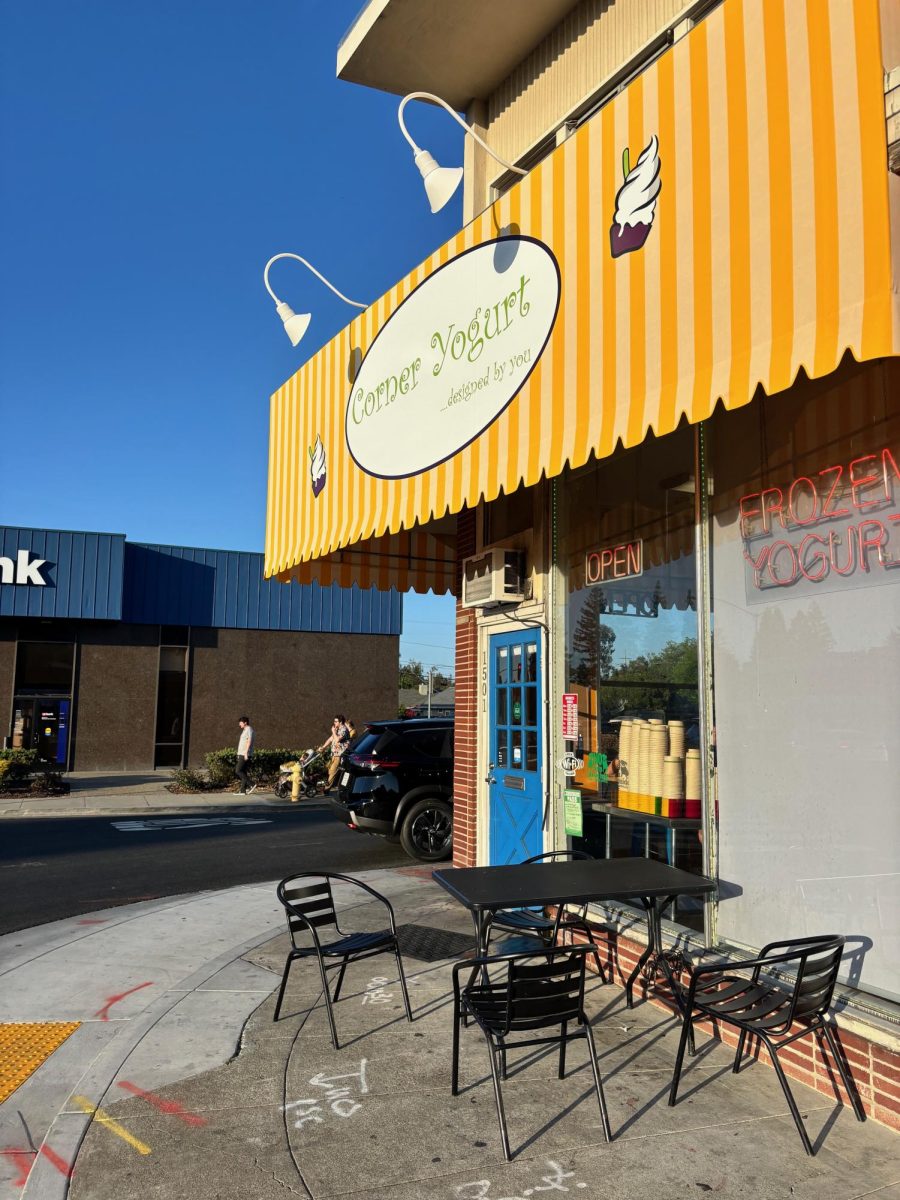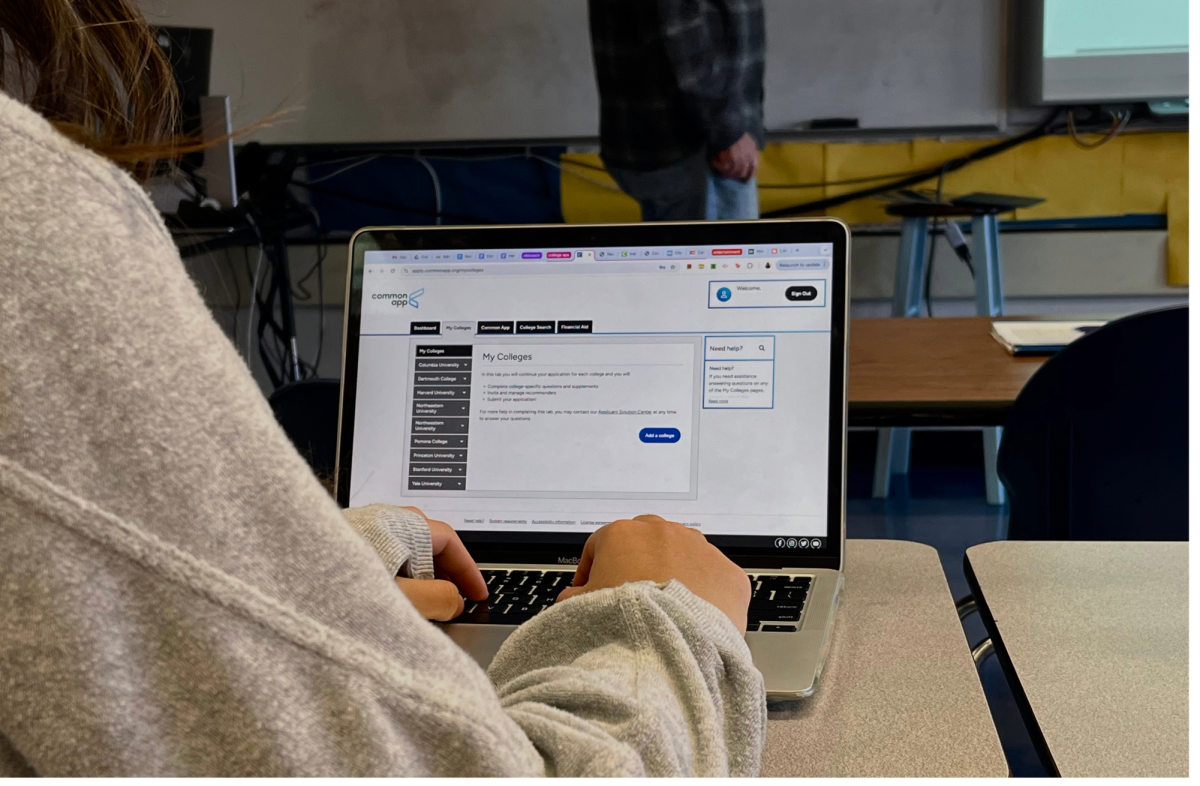As evocative stories of fentanyl overdoses and deadly disguised pills flood news sources, school leaders are getting involved at a more local level, working to bring awareness and keep students safe.
Fentanyl is an extremely potent opioid, measured to be about fifty times more powerful than heroin, a similarly dangerous substance. With this potency also comes a highly lethal aspect, with only two milligrams of consumption proving fatal. Many find concerns with rainbow-colored adaptation of the drug, as the pills pose an appearance hauntingly similar to that of a small candy. As this highly deadly drug continues to circulate, Woodside officials are working to get the word out and spread awareness.
“We’ve known about fentanyl for years,” Vice Principal Charles Velschow said. “But specific to the rainbow fentanyl, we received the bulletin from the district… about a day before it was sent out to the general community… [they said] we’re sending this out just so you know [to be] looking for Skittles, things that look like chalk, etcetera. So be aware of that.”
A short informational message was sent to all students and parents in the district, providing details on how to look out for rainbow fentanyl. While bringing awareness to the issue certainly proved beneficial, some wonder if more could be done to keep students informed on the epidemic.
“I think teachers should talk about it,” sophomore Maxwell Tienken said. “Not every kid reads their email so they [should] have adults talk about it, just to spread awareness about it, [and] to make sure kids aren’t falling victim.”
While more could be done to bring awareness to the larger student body, Woodside has been sure to expose younger students to related information regarding drug addiction.
“[Drug awareness is taught in] life skills class as a ninth grader,” Velschow said.
Obtaining information and awareness through reliable sources, rather than false or misleading origins, remains an important part of the issue. With the spread of this drug comes much discussion through social media, which often results in the spreading of misinformation.
“I learned [about] it first on Tik Tok,” sophomore Abigail Edwards said. “[It] came up on my ‘For You’ page, [saying that] people were dying… I’ve even heard [that] if you touch it, it can make you sick.”
Rumors of fatal doses of fentanyl accidentally contracted through skin contact are, in reality, only rumors. According to the Tennessee Department of Mental Health and Substance Abuse Services, accidental skin contact is not a legitimate threat.
“Illicit fentanyl cannot be absorbed through the skin or by touching an item or surface where it is present,” the department wrote. “When in powder form, fentanyl and its analogs (including carfentanil and fluorofentanyl) cannot be absorbed through the skin.”
Admin has also made a point to inform teachers of the issue. Behind the scenes, educators are more cognizant of potential fentanyl cases around the school.
“In terms of sharing the district bulletin, [the information] was also put out by Miss Van Putten in her S’more announcement,” Velschow said. “It was shared with all staff members, so they’re aware… When [we] get a call and there’s a kid in the class [and] they seem to have passed out, that’s [when we] get really nervous. We are always ready to call 911 if we have to.”
Additionally, some teachers are interested in taking action independently to ensure the safety of students, should there be a fentanyl overdose incident.
“I had a teacher ask about NARCAN,” Velschow said. “A teacher was willing to get trained, and I brought that to the district level. I think they may be talking about… at a minimum, having the nurse trained on NARCAN, and having that available. But that’s all speculation right now.”
NARCAN is a fast-acting and highly effective injected antidote, possessing the ability to fully block a fentanyl overdose. Easy access to NARCAN on campus could easily be the difference between life and death should a student suffer from an overdose. It is often easy to view overdose threats as rare occurrences, while in reality, schools in the Sequoia Union High School District (SUHSD) have not been left untouched. The use of NARCAN in the future could prevent the repetition of other tragic losses within the community.
“My daughter had a classmate at Carlmont that died of an overdose,” Velschow said. “It was very upsetting to the wider community. It’s devastating to the family, to students, and so forth… It’s really scary, [and] it’s much more lethal than heroin… It seems to be able to be snuck into drugs. And so people may not even realize that they’re taking it. So it’s super dangerous.”
Ultimately, the community’s power to end the spread of dangerous narcotics is somewhat limited. While drugs such as fentanyl will still be out there, the school will continue to spread awareness and provide safety. Students are also encouraged to play their part when it comes to ensuring the safety of their peers on campus.
“Oftentimes, it’s kids who walk their friends into the nurse’s office,” Velschow said. “[So it’s important to be] watching out for each other, and making sure you guys are making good decisions.”











